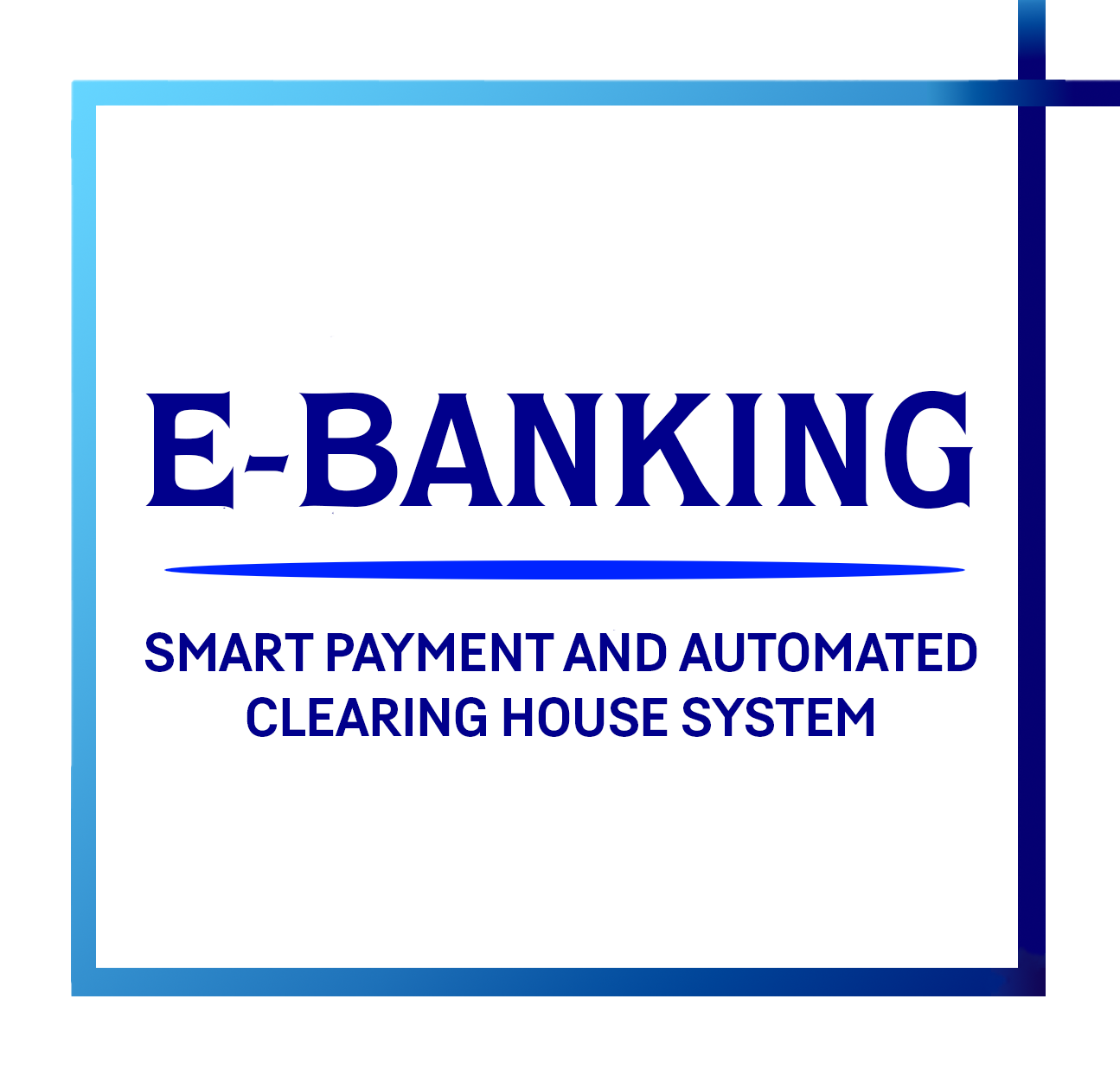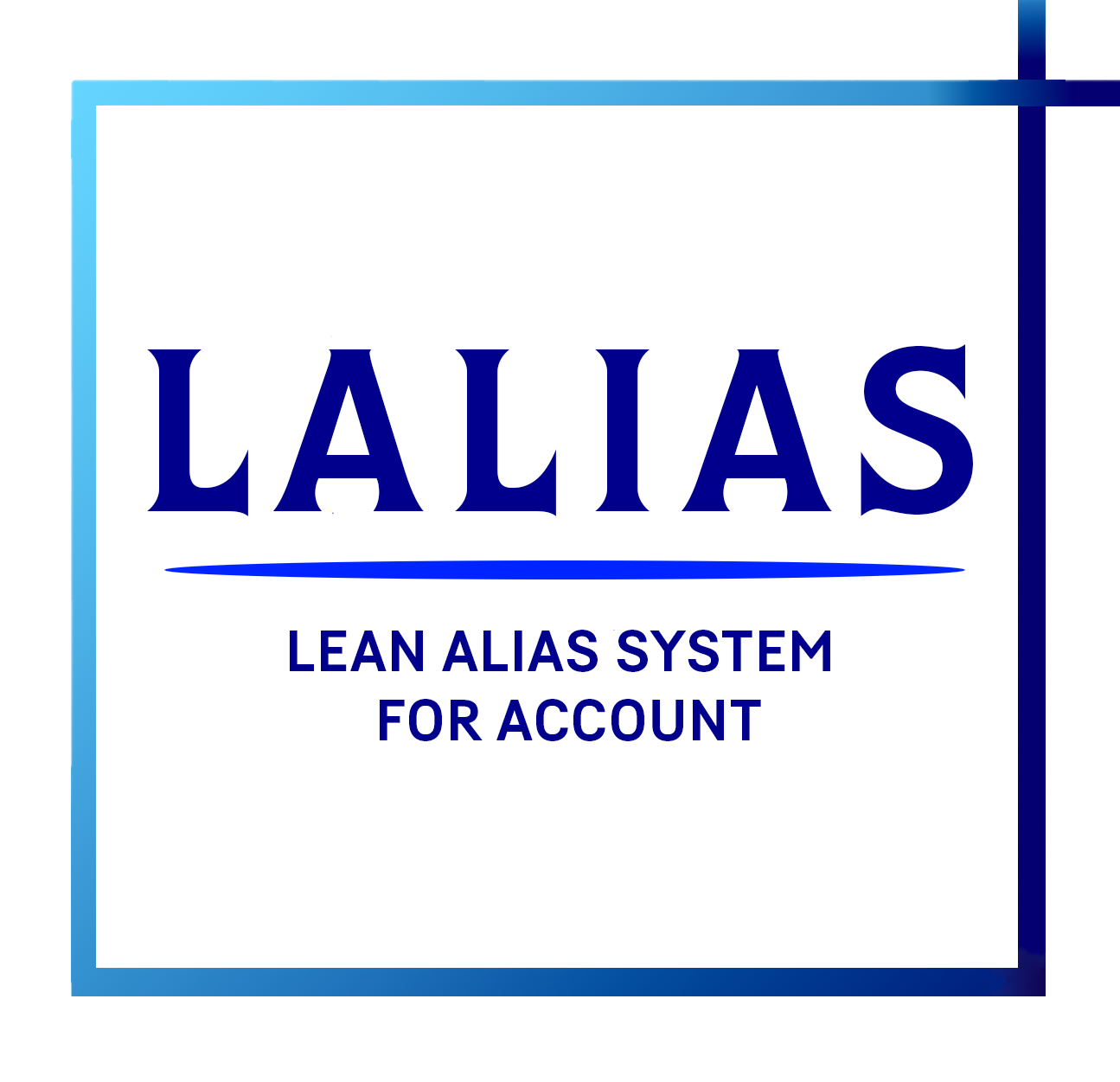
Smart Payment Hub – Payment Hub
1. Product Introduction
The Intelligent Payment Gateway Software – Payment Hub is a crucial payment center supporting payment-related operations within a bank. It acts as an intermediary between customer interaction channels and the payment execution system, responsible for receiving information and directing it to the corresponding interaction systems.
2. Product Goals/Benefits
The Intelligent Payment Gateway Software – Payment Hub assists banks in direct integration with the systems of Credit Cooperative Units (QTDND). This allows QTDNDs to conduct payment and transfer transactions directly on their Core Banking systems, with funds transferred directly to customers’ accounts at QTDND when money is sent to customers’ accounts via payment channels like CITAD, BIDV, NAPAS, VNPay.
The Payment Hub solution completes the internal payment system in enterprises, enhances processing speed within the system, and plays a significant role in the digital banking transformation strategy. It lays the foundation for comprehensive digitalization of payment services, improves risk management capabilities for payment products and services using modern technology, and meets the increasing demands of customers.
3. Key Features
- Reduced Transaction Time: Instead of collecting payments at QTDND’s Core Banking system and making payment orders at the eBanking system, the Payment Hub integrates directly with QTDND, allowing payment orders to be created and processed directly at QTDND’s Core Banking system. This reduces customer service time, lowers costs, and enables focus on developing new products and services, enhancing customer experience.
- Automatic Routing and Accounting Transactions:
- Upon receiving transaction information from other systems, the Payment Hub automatically routes transactions to the corresponding systems based on predefined rules.
- Payment and transfer transactions are automatically accounted for and recorded in the Core Banking system of the bank according to the setup.
- Inheritance: The Payment Hub inherits achievements from the E-Banking project being implemented at the bank, such as:
- Payment and transfer procedures through channels like Napas/CITAD/BIDV.
- Fee management information and service limits for each service.
- Integration information with other systems: Core Banking, Napas gateway, CITAD gateway, BIDV gateway.
- Security and Compliance: The application focuses primarily on authentication and authorization, with an additional layer of security through multiple embedded security mechanisms to guard against threats. The system integrates modern security tools and technologies:
- Host-2-Host Connection Authentication: Requires authentication for all requests from credit institutions to the bank, using message encryption.
- Third-Party Developer Connection Authentication: Requires authentication for all requests from third-party developed applications. Authentication methods include message encryption for all electronic messages and authorization authentication for authorized transactions.
- Data Compliance and Security: The system adheres to security principles, including data storage and transmission mechanisms for sensitive data, automatic key exchange mechanisms, data integrity checks, and strong encryption methods (A128CBC-HS256). These meet international payment system security standards, such as PCI requirements.
- Scalability: The Payment Hub is designed with an open architecture, allowing the bank to extend services to additional customers beyond QTDNDs, including other financial institutions with similar activities, such as Microfinance Institutions (MFIs), and innovative Fintech companies offering new financial services to end-users.
4. Key Functions
- System management
- User management
- Permission management
- Member unit management
- Product and service management
- Transaction review/reconciliation
- Monitoring
- Statistical reporting
5. Conclusion
The successful implementation of the Payment Hub project will provide a significant competitive advantage and benefits for the bank, such as:
- Enhanced risk management for the payment system.
- Better support for new technology requirements in banking and the development of new payment products and services.
- Improved customer satisfaction with banking services, particularly payment and transfer services.
- Increased business efficiency through operational cost savings via automation and integration.
- Improved forecasting and risk prevention, and liquidity management through reporting and analysis capabilities.




